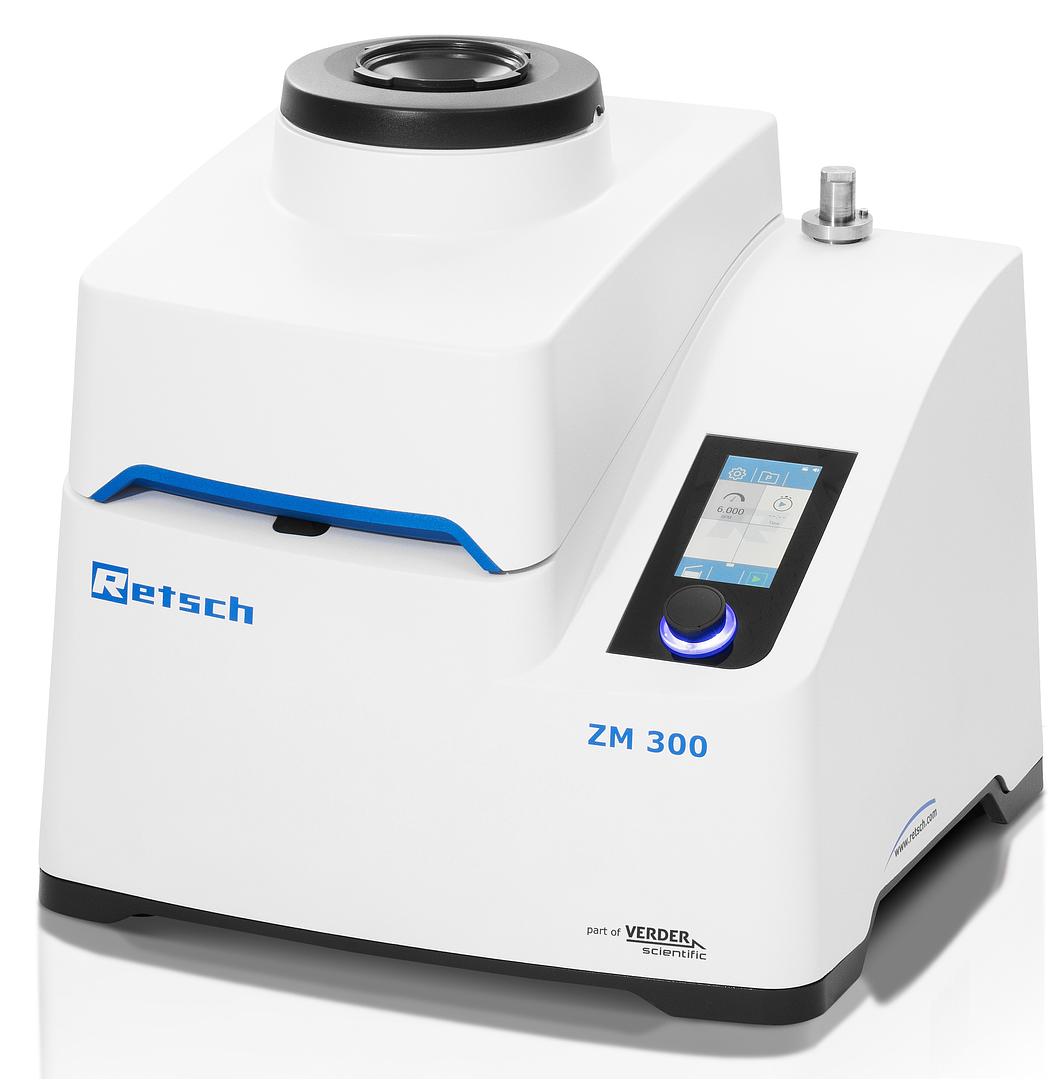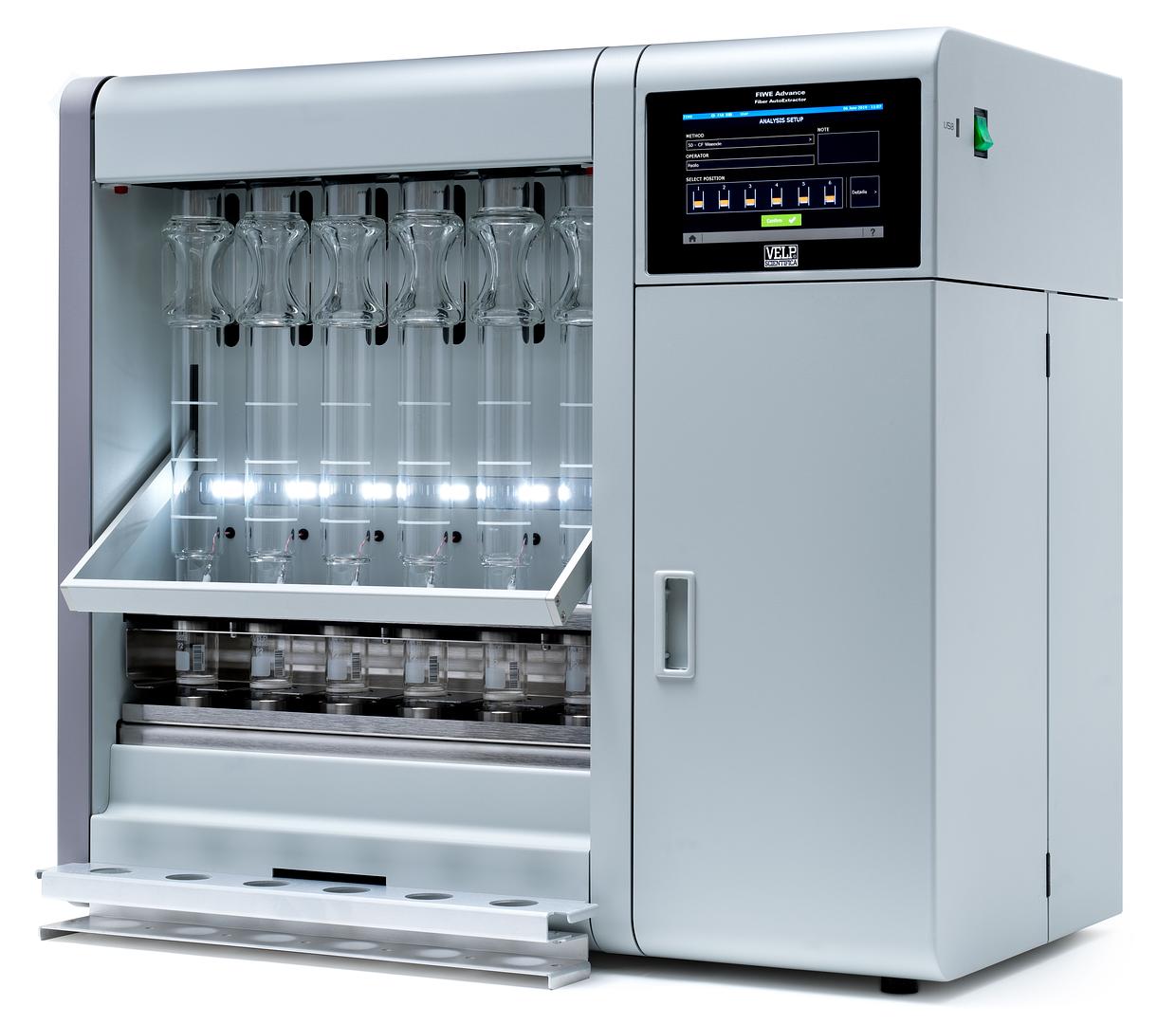
In the world of oat processing – whether for food production, feed formulation, or analytical testing – two seemingly routine steps have an outsized impact on quality: milling and fiber determination. These operations may not capture much attention in a busy lab or production plant, yet they define how consistent, accurate, and reliable the final results will be. Recent application reports from Retsch and VELP Scientifica offer a closer look at how optimized milling and precise fiber analysis come together to support product quality and analytical integrity.
Milling Oats: Why Consistency Matters

Processing oat pellets, for example, is no small challenge. Their fibrous texture and natural oil content make them tough to grind uniformly without generating excessive heat. In a recent Retsch application, oat pellets with a feed size of 10–20 mm were milled using the Ultra Centrifugal Mill ZM 300 at 18,000 rpm with a 0.5 mm distance sieve. The resulting material was remarkably consistent, with most particles measuring below 200 µm. This fine, homogeneous grind is critical for subsequent chemical analyses – from protein and fat to fiber – where even small variations in particle size can affect extraction efficiency and reproducibility.
Uniform milling also has a direct effect on product performance. For example, in oat-based foods or feed formulations, particle size influences how the material absorbs water, mixes with other ingredients, and behaves during further processing. An inconsistent grind can lead to uneven cooking, poor texture, or inaccurate nutrient data.
The Retsch report emphasizes a key technical point: heat control. When fibrous materials are milled too aggressively, frictional heat can degrade sensitive components or cause clumping. The use of a distance sieve in the ZM 300 helps minimize this risk by allowing airflow between the rotor and sieve, effectively dissipating heat and preserving the integrity of the sample. For analytical laboratories or production facilities processing high-fiber plant materials, this level of control is vital. It ensures that what’s being analyzed truly represents the raw material, not a thermally altered version of it.
For distributors and technical partners, such details can make a real difference when advising customers. Being able to guide users on the optimal sieve size, rotor speed, or cooling strategy elevates the role of the distributor from supplier to trusted consultant. By demonstrating how specific configurations translate into better sample uniformity and more accurate results, you help your customers unlock the full potential of their equipment.
Determining Fiber in Oatmeal: Precision Through Automation

Once the milling is done, analytical accuracy takes center stage. Fiber content – particularly crude fiber – is a key nutritional and regulatory parameter for oat products. It represents the portion of the plant that resists digestion, primarily cellulose, hemicellulose, and lignin. In VELP Scientifica’s application note on crude fiber determination in oatmeal, the classic Weende method (AACC Method 32-10.01) is used to quantify this fraction through a two-step acid and alkali digestion.
Using VELP’s FIWE series fiber analyzer, the procedure achieved precise and reproducible results, with an average crude fiber content of 7.37 % and a relative standard deviation of just 0.9 %. These numbers closely match the labeled nutritional value for oatmeal (7.0 ± 0.6 %), confirming both the accuracy of the method and the stability of the apparatus.
Automation plays a key role in this performance. The FIWE series allows multiple samples to be processed simultaneously under controlled conditions – fixed tem
peratures, consistent reagent volumes, and reproducible digestion times. This eliminates much of the variability associated with manual fiber determination, which can be labor-intensive and operator-dependent. The result is greater reliability and efficiency, particularly in high-throughput quality control laboratories.
The report also highlights practical considerations that every lab should keep in mind. Components such as fritted filters gradually lose effectiveness and typically need replacement after 20–30 analyses. Regular calibration of heating elements and timing controls ensures that digestion parameters remain consistent across runs. These routine maintenance practices, though often overlooked, are essential for maintaining analytical accuracy and compliance with quality standards.
Connecting Milling and Fiber Analysis
Milling and fiber determination may seem like separate steps in the workflow, but they are deeply connected. The way oats are ground determines how readily fiber components can be extracted and quantified. A coarse or uneven grind can lead to incomplete digestion during analysis, while overheating during milling can alter the composition of the sample itself. In short, the accuracy of fiber results starts with the quality of the milling process.
For oat processors and analytical labs alike, reliable fiber data underpin everything from nutritional labeling and quality claims to process optimization. Fiber levels influence the texture, digestibility, and even the shelf stability of oat-based products. Whether producing breakfast oats, plant-based beverages, or livestock feed, controlling these parameters is essential – and it all begins with proper sample preparation and precise analytical technique.
Supporting Quality
In oat processing, precision begins long before the final product reaches the shelf. Uniform milling with instruments like the Retsch ZM 300 ensures that every particle behaves consistently in subsequent analyses. Reliable fiber determination, as demonstrated by VELP’s FIWE series, provides the accurate nutritional data required for labeling and quality assurance.
As a distributor, we proudly supply both Retsch milling equipment and VELP analytical instruments across Canada, the link between preparation and analysis represents an opportunity to offer integrated solutions. Rather than viewing milling and analysis as isolated tasks, we are your partners in the entire workflow – from initial sample processing to final data reporting.
To read mentioned application reports, please contact our team here.
